Continuing our Pollinator Week Series, now that we know what pollinators are and why they are necessary in the garden what should be in a pollinator garden? I have had a few different garden spaces over the years and there are certain things that start to stand out over time as being important in the pollinator garden. Since The Grow Monster is growing in a suburban garden, we have to be mindful of what types of pollinators we are able to attract.
When putting together a pollinator garden, there are certain things that are must haves like flowers that pollinators enjoy or making sure not to use anything in the garden area that might harm the pollinators. It is also nice to have feeding, resting, and nesting spaces as well for the pollinators. Each type of pollinator may require different things; this article will show you who needs what in the pollinator garden.
How Much Does a Pollinator Garden Cost?
While one can certainly spend an endless amount of money creating a garden space, you don’t have to break the bank to create a pollinator garden. There are 4 things to consider when determining how much your pollinator garden may cost.
- First, take a look at the space in which you have to grow- are you going to need to create raised garden beds, buy soil or mulch, remove grass or rocks?
- Second, find out what pollinators and plants are already in your area- do you already have pollinator friendly plants in your garden or on your property, will you have to purchase any plants, what do the pollinators in your area like?
- Third, look at what seasons the plants in your area grow and bloom, will you have enough plants to help pollinators in the spring, summer, and fall; are there varieties that are more heartier than others?
- Fourth, plan your pollinator garden. Take graph paper and sketch out the area you have to work and look at when the plants will bloom, how high the plants get, how much water, shade, and sun the plants need. Are there plants that should not be planted near each other or companion plants that help each other thrive?
Once you have researched the plants and pollinating animals in your area, designed your plan, and have an idea of what your pollinator garden will look like you can begin purchasing the things you need. If you are using plants you already have you may be able to move, split, or propagate them so you don’t have to purchase additional plants. You can make raised beds inexpensively with wooden pallets (make sure they have not been treated with chemicals that will leach in to your soil or harm the pollinators) or you can purchase raised beds locally at your garden center, a chain store, or check here for the latest pricing on raised beds at Amazon. At The Grow Monster, we prefer raised beds since our soil is clay.
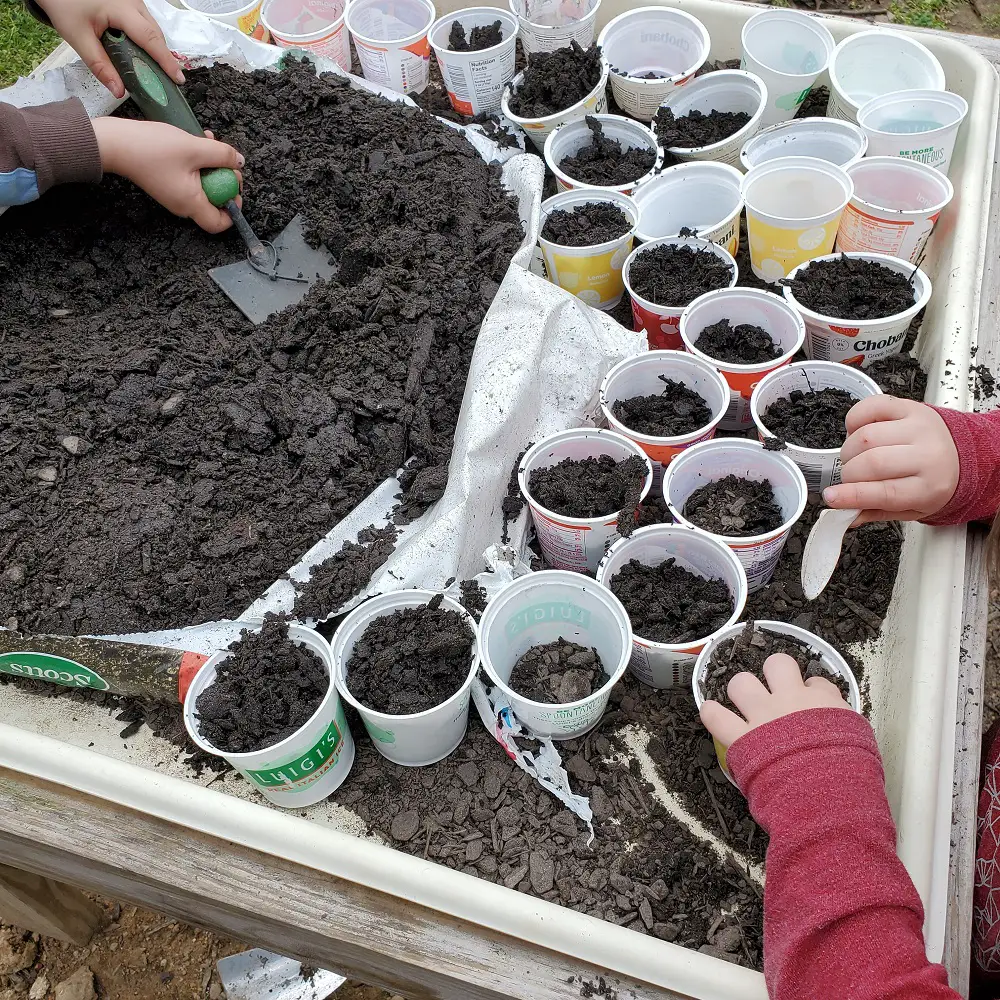
Once you have your garden area determined and whether you will plant directly in the soil or use raised beds, containers, or pots you will need to asses your soil. Here, we have clay soil so it isn’t that easy to get plants to grow in it. We use compost (we have made compost and also purchase some depending on how much we need). We will then top it off with mulch to help keep in the moisture and prevent the onslaught of weeds from growing. If you need to purchase compost, I would suggest checking out your local landscape center verses using bagged compost at a big name store because even with a transport fee it may end up being less expensive and you have a chance to view the compost before purchase. If you don’t need that much, consider creating the compost yourself for little to no cost.
As you see, you can spend as little or as much as you want on a pollinator garden. The Grow Monster may spend more money when first establishing a garden area, but after that initial cost if you are making your own compost and splitting plants or saving seeds it will be very inexpensive. You can easily create a pollinator garden for less than $100 even if you are purchasing a combination of raised beds, compost, and plants.
When to Plant a Pollinator Garden?
After you have made your pollinator garden plan, you need to figure out when each plant will grow and bloom. The best time to start would be in the spring just as soon as the ground is ready to work and past your last frost date. Click here to enter your zip code in the USDA Plant Hardiness Zone Map to see when the last frost date is in your area. After you have determined that date for your area, you are ready to start creating your raised beds, arranging your pots or containers, and adding compost to your soil.
If you are starting your plants from seed, the packet should have a date range to start planting the seeds in the ground or you can start them inside to transplant once the last frost date has passed. I like to have a range of both annuals and perennials in the garden to create variety. If you are purchasing your plants from a garden center or local nursery, pay attention to when they have the plants you need for your pollinator garden ready for sale. Be mindful of how early the different pollinators may need the flowers ready to feed them or their caterpillars.
Once you have your seeds together, plants for transplant or split, or waiting for your perennial plants to emerge, you can take the plan you created at the beginning and start to arrange the plants in your pollinator garden.
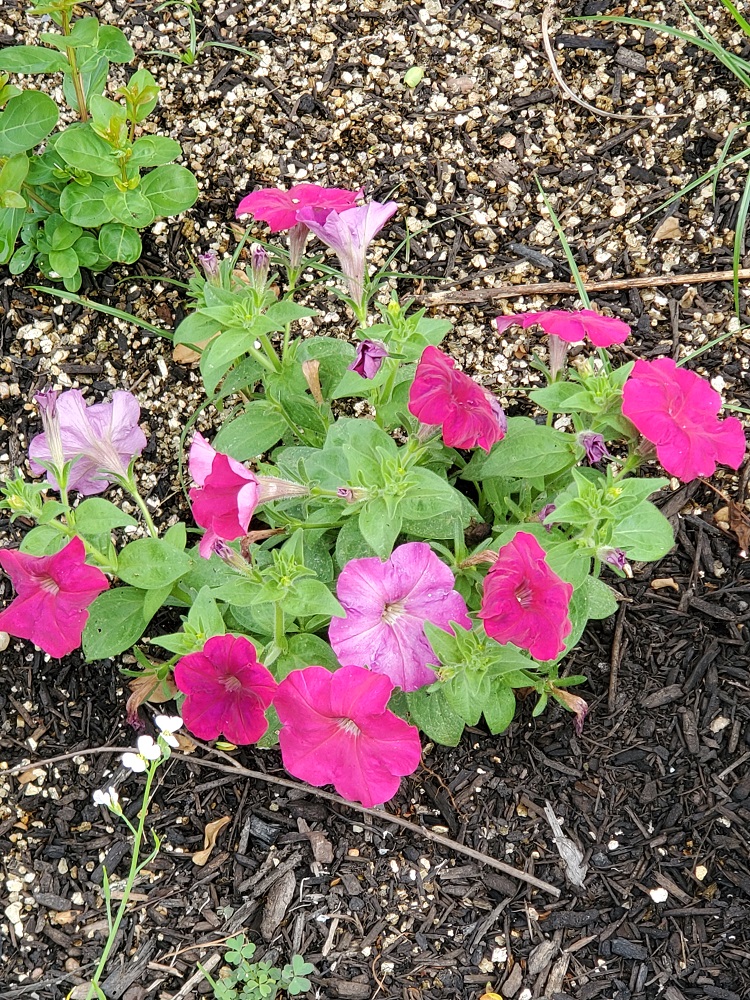
How to Arrange Plants in the Pollinator Garden?
When arranging plants in a pollinator garden, there are 4 things to be mindful of: How tall will the plant grow, how wide will the plant grow, how much moisture will the plant need, and finally how much sunlight or shade will the plant need?
Figure out the path the sun will take across the area and make sure that taller plants will not block the shorter plants from getting the required amount of sunlight. If a plant will be extra wide, don’t plant something that also needs to spread out right next to it. If one plant needs a lot of water, don’t plant it next to a plant that doesn’t like much water. Take note of these requirements and growth patterns for each plant in addition to when the plant will be actively growing and in bloom.
A sample pollinator garden arrangement might be to create layers with your plants in a circular area, pot, or square raised bed. Plant some taller flowers like Coneflower- which attract butterflies, bees, and hummingbirds to your garden and will begin growing in June and bloom through October. Have some Rosemary planted in among the coneflowers for a great nectar source for the early spring bees. The next layer you can create might be low to the ground with creeping phlox that will be a beautiful show of color in the early spring time and attracts bees, butterflies, and hummingbirds. As the phlox begins to die back you might have some annuals like petunias to plant in the area which will also attract bees, ants, and butterflies. Both phlox and petunias will spread wide so it’s a good idea not to plant anything else that might get grown over by these beautiful flowering plants. The gorgeous shades of green mixed together with the bright colors that will change throughout the spring and well in to the fall will be a great place for pollinators to visit.
What to Avoid in the Pollinator Garden?
When planning your pollinator garden, you want to avoid plants that do not grow well together and try to focus on companion plants, or plants that help each other grow well. For example, coneflower and phlox grow well together and their height differences compliment each other. Once the phlox flowers no longer bloom the coneflower will continue to attract pollinators to your garden. An example of plants that you should not grow together is coneflower and hostas. The hostas prefer the shade whereas the coneflower prefers the sun, one will just overtake the other depending on the light condition in the area where you planted them.
A good rule of thumb when determining what plants to plant together to create a beautiful backdrop for your pollinators is how high and wide the plants will each get and how much sunlight each needs. You won’t want to plant all high plants that are wide very close together otherwise they will be competing with each other for space and might not grow to their potential. If you plant shade loving plants near sun loving plants, that can also cause problems due to the light requirements. Shade plants put in the sun tend to suffer from sunburn on the leaves and might not even flower or die. Sun loving plants put in the shade may never flower or even just stay very small without the sunlight to stimulate their growth.
It shouldn’t take that long to figure out which plants would like to be near each other, but it will definitely save time later trying to figure out how to fix a companion planting mistake or worse having to replant things because they keep dying due to not enough or too much space, water, or sunlight.
Pollinator Garden Feeding Area
When choosing plants to put in your pollinator garden, make sure that they are the types of plants that the pollinators in your area want to frequent. Pay attention to what nectar the adult insect will eat in addition to the host plants for the pollinator larva. For bats and birds, make sure you have plants with seeds that they will want to eat or attract insects that the birds and bats will eat while pollinating the flowers.
Milkweed is a great native plant to feed butterflies and their caterpillars, but it is also a favorite of birds. Sunflowers are also great because while the flower head is great for bees, once it goes to seed the birds love eating the seeds and if you leave the seed heads out the birds can eat the seeds over winter. The same with coneflower and daisies.
You could also add a butterfly feeding area in addition to the flowers that they love. This consists of various foods that they enjoy like oranges, bananas, and apples. You can take a plate or lid and place the food in it and set it near the flowers that they enjoy or while you are waiting for the flowers to bloom so that they have something to eat in the meantime. Whatever plants you choose, just be mindful of what the pollinators in your area prefer.
Pollinator Garden Resting Area
Many people might not know that pollinators do like to just rest. All that work going from flower to flower is tiring! Create a resting area depending on the types of pollinators in your garden. If you would like to create a space for butterflies you might try the Butterfly Kit from Lowe’s or put out a sugar water plate for them. Some plants have huge leaves that are great resting areas like sunflowers and okra. The insects can rest on the underside of the leaf to remain clear from the eyes of predators or just to stay dry when it rains.
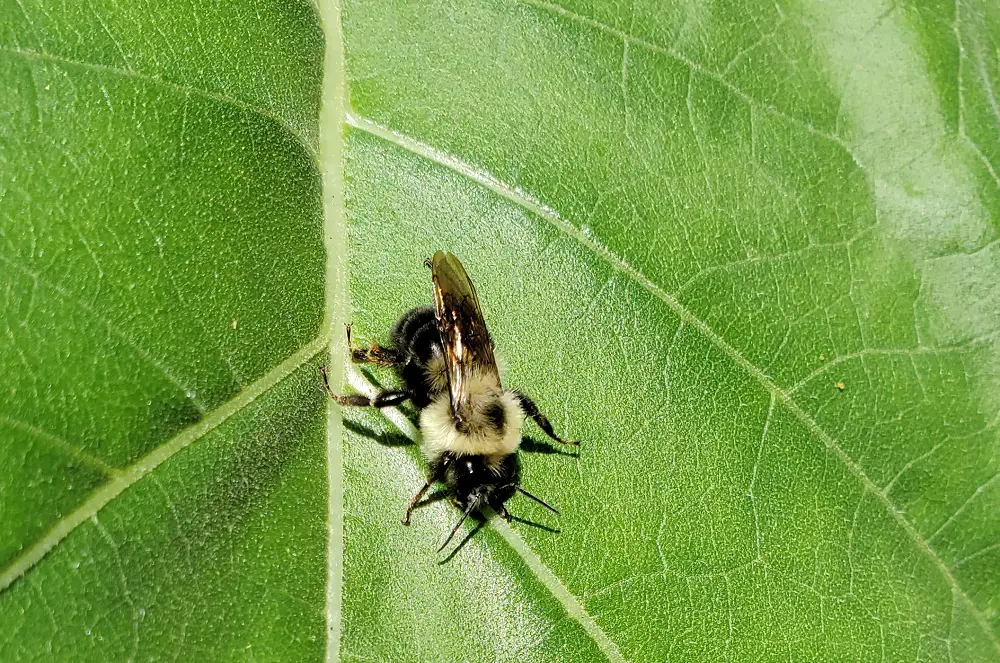
Another resting area that can also add beauty to your pollinator garden is fencing, walls, large rocks, or even a pond. Insects and lizards (yes, lizards are pollinators too!) may like to be out in the open to dry off after the rain or bask in the sunlight. They also may drink the morning dew left on these areas or droplets left after a storm. Bonus- some resting areas also double as places for those pollinators to nest and build their homes!
Pollinator Garden Nesting Area
Most birds will build nests but you might not always think that the other pollinators need homes as well. For example, bumble bees create their nests in the ground- how can you be welcoming to them? The queen will choose a spot in a rock pile, cavity under dense vegetation, or even in your compost pile to start the colony. You may notice that there are multiple bumblebees going in and out of your compost or a certain area of a pile of rocks. This is probably where they made their nest. If you see this, protect that area by not stomping down the vegetation or using any types of sprays and pesticides which can harm the bees.
There are also other types of bees called solitary bees (for example, the Mason Bee) that nest in hollow cavities in wood. Recently, more people have taken an interest to protect these bees because they are more proficient pollinators compared to honey bees. If you’d like to provide a nesting place for them you can take a piece of wood and drill some holes in it for the bees to come lay their eggs. Or, you can check out one of the many options here at Amazon to help this amazing pollinator.
Conclusion
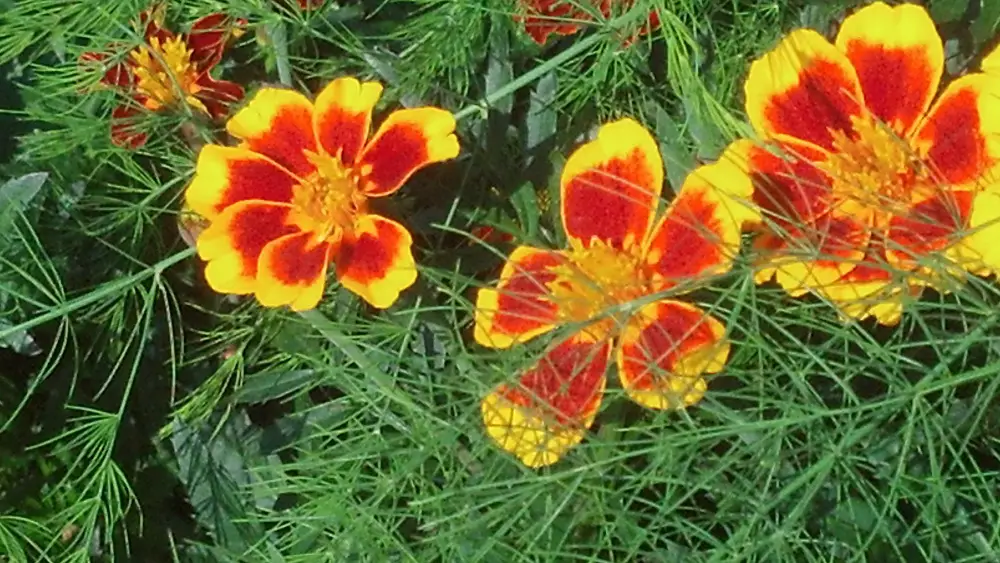
Whether you’re starting from scratch or just adding to an already existing garden, it can be rather easy to attract pollinators if you do a little planning first. Make sure to account for height of plants, width of plants, which pollinators like which plants and also any companion planting notes and you’ll be sure to attract pollinators in short order. Now, just sit back and enjoy your pollinator garden! Let us know your pollinator garden plans in the comments below.
Continue reading the next articles in our Pollinator Week Series:
If you aren’t familiar with Pollinator Week, start here.
Pollinator Friendly Plants
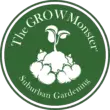
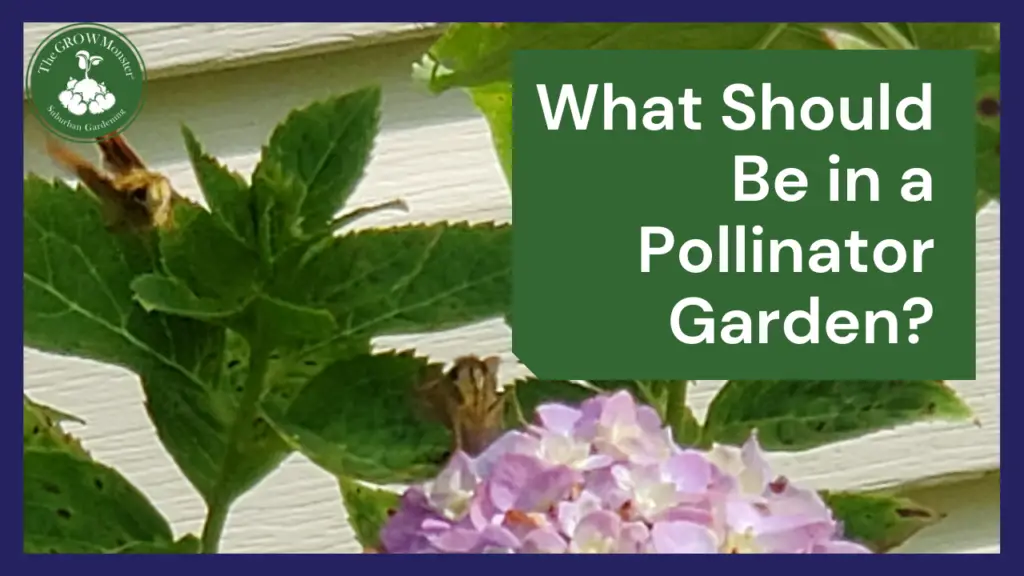

Pingback: What is Pollinator Week? - The Grow Monster
Pingback: Pollinator Friendly Plants - The Grow Monster
Pingback: How Can We Promote Native Pollinators? - The Grow Monster
Pingback: Easily Attract Pollinators to the Vegetable Garden - The Grow Monster
Pingback: Is it Too Late to Plant Alliums: 3 Tips to Plant All Year! - The Grow Monster